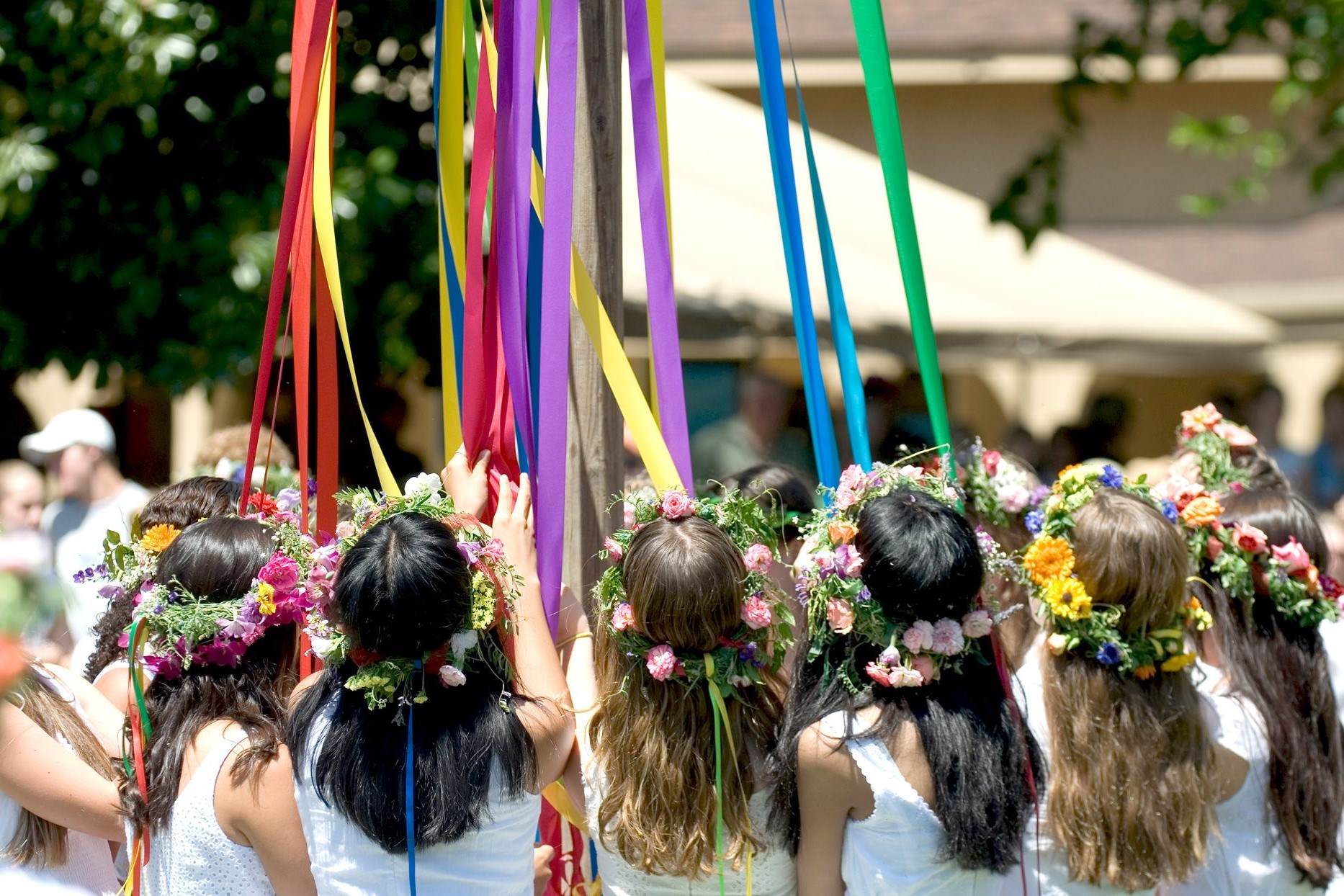
May Day isn't just another date on the calendar; it's a day packed with history, culture, and celebration. Did you know that May Day has roots in ancient agricultural rituals? People have been marking this day for centuries, celebrating the arrival of spring and the promise of new beginnings. From dancing around the maypole to crowning the May Queen, traditions vary widely across the globe. In some places, it's a day for workers' rights and social justice, while in others, it's all about flowers and festivities. Curious about how this day evolved and what makes it special? Let's dive into 15 fascinating facts about May Day!
What is May Day?
May Day, celebrated on May 1st, is a day with deep historical roots and diverse cultural significance. It’s known for both its ancient traditions and modern-day observances. Here are some fascinating facts about this unique holiday.
-
Ancient Origins: May Day traces back to ancient agricultural rituals. The Celts celebrated Beltane, marking the beginning of summer, while the Romans honored Flora, the goddess of flowers.
-
Maypole Dancing: One of the most iconic traditions is dancing around the maypole. This custom involves weaving colorful ribbons around a tall pole, symbolizing unity and community.
-
Labor Day Connection: In many countries, May Day is synonymous with International Workers' Day. It commemorates the labor movement and the fight for workers' rights, particularly the eight-hour workday.
-
Floral Celebrations: Flowers play a significant role in May Day festivities. People often create flower crowns, garlands, and baskets to celebrate the beauty of spring.
Historical Significance of May Day
The historical significance of May Day is rich and varied. It has evolved over centuries, adapting to different cultural and political contexts.
-
Pagan Festivals: May Day has roots in pagan festivals that celebrated fertility and the renewal of life. These festivals often included bonfires, feasting, and dancing.
-
Medieval Traditions: During the Middle Ages, May Day became a popular celebration in Europe. Villagers would gather to welcome the arrival of spring with music, dancing, and games.
-
Industrial Revolution: The Industrial Revolution brought significant changes to May Day. Workers began to use the day to protest for better working conditions and fair wages.
-
Haymarket Affair: The Haymarket Affair of 1886 in Chicago is a pivotal event in May Day history. A peaceful rally for workers' rights turned violent, leading to the establishment of May 1st as International Workers' Day.
Modern-Day Celebrations
Today, May Day is celebrated in various ways around the world. Each country has its unique customs and traditions.
-
Europe: In many European countries, May Day is a public holiday. People participate in parades, festivals, and political demonstrations.
-
United States: While not a public holiday, some Americans celebrate May Day with local festivals, maypole dances, and community events.
-
Asia: In countries like China and Vietnam, May Day is a significant holiday. Workers enjoy a day off, and there are often parades and cultural performances.
-
Latin America: May Day is widely observed in Latin American countries. It’s a day for workers to unite and advocate for their rights through marches and rallies.
Unique May Day Traditions
Different cultures have developed unique traditions to mark May Day. These customs reflect the diverse ways people celebrate the arrival of spring and honor workers' contributions.
-
Morris Dancing: In England, Morris dancing is a traditional May Day activity. Dancers wear bells and colorful costumes, performing lively routines to welcome spring.
-
Walpurgis Night: In Scandinavian countries, May Day is preceded by Walpurgis Night on April 30th. People light bonfires and sing songs to ward off evil spirits and celebrate the coming of spring.
-
May Baskets: In some parts of the world, people create small baskets filled with flowers and treats. These May baskets are secretly left on neighbors' doorsteps as a gesture of goodwill and friendship.
The Heart of May Day
May Day isn't just a day off work. It's a celebration with deep roots and varied traditions. From ancient spring festivals to modern labor movements, this day has evolved while keeping its core spirit alive. Whether you're dancing around a maypole, attending a parade, or simply enjoying a day of rest, you're part of a rich history.
Understanding these May Day facts can make your celebration more meaningful. Knowing why we celebrate helps us appreciate the day even more. So next May 1st, take a moment to think about the history and significance behind the festivities.
May Day connects us to our past and reminds us of the ongoing fight for workers' rights. It's a day to honor both nature's renewal and human resilience. Enjoy the day, and maybe share some of these facts with friends and family.
Was this page helpful?
Our commitment to delivering trustworthy and engaging content is at the heart of what we do. Each fact on our site is contributed by real users like you, bringing a wealth of diverse insights and information. To ensure the highest standards of accuracy and reliability, our dedicated editors meticulously review each submission. This process guarantees that the facts we share are not only fascinating but also credible. Trust in our commitment to quality and authenticity as you explore and learn with us.


